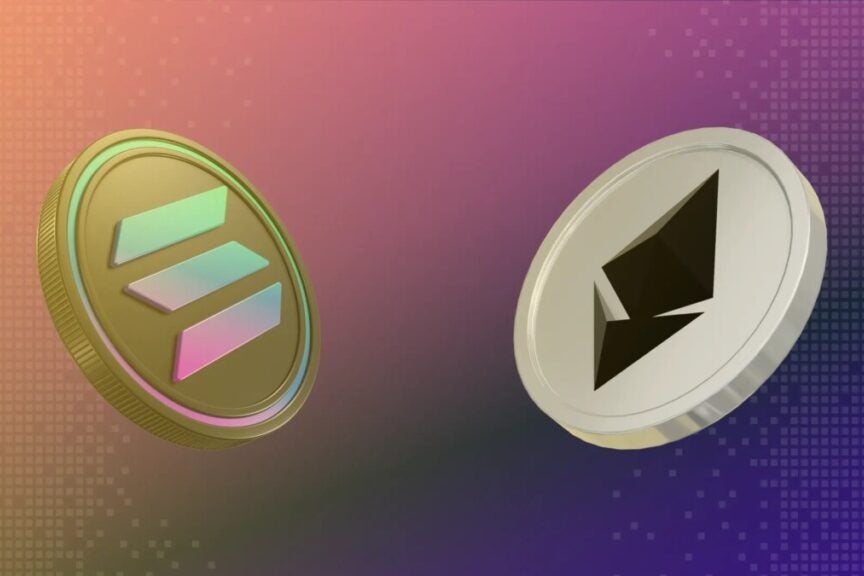Ethereum (ETH) and Solana (soil) remain two of the most influential blockchaines of decentralized finance. Both are competing for the attention of developers, the adoption of users and the capital circulating through decentralized applications. The evaluation of the total locked value, the activity of developers and transaction costs shows where each chain is in mid-201.
Total locked value
Ethereum continues to lead in the total locked value (TVL), supported by established protocols, institutional confidence and maturity of its DEFI ecosystem. The main loan platforms, decentralized exchanges and the Stablecoin infrastructure are always by default in Ethereum as the first choice of liquidity.
Solana, although smaller in absolute terms, has shown impressive growth in niches such as NFT, games and high -speed retail. Its TVL quickly developed because low -cost transactions attract projects that cannot operate effectively on the base layer of Ethereum.
Developer activity
Ethereum maintains the largest base in crypto developers. The tools, security and documentation are robust and its ecosystem has resisted several market cycles. This gives the resilience and coherence of Ethereum, in particular when it attracts long -term capital and regulatory attention.
Solana expands its community of developers at a rapid pace. The chain performance characteristics make it attractive for applications that require high flow and low latency. The growth of DEFI protocols and consumer -oriented applications shows Solana’s ability to carve out its own market share.
Transaction and speed costs
Ethereum’s base layer remains slower and more expensive to use, especially during congestion periods. Layer 2 solutions are essential for scaling and reducing gas costs, but they add complexity to user experience.
Solana offers a different compromise. Transactions are extremely fast and inexpensive, which often costs less than a penny. This makes the chain ideal for frequent or micro-transactions, although the network has faced reliability challenges in the past.
The prospects
Ethereum continues to dominate in terms of depth of liquidity, institutional adoption and developers’ resources. Solana, however, proves that speed and profitability can result in rapid growth in emerging segments of the cryptography economy.
For investors and manufacturers, competition concerns less than one winner and more on adjustment. Ethereum is positioned as the large-scale DEFI project base with long-term stability, while Solana becomes the platform of choice for high frequency applications sensitive to costs. The two ecosystems reflect different sides of the same market opportunity.
Benzinga Warning: This article comes from an unpaid external contributor. It does not represent Benzinga’s reports and has not been published for content or precision.




